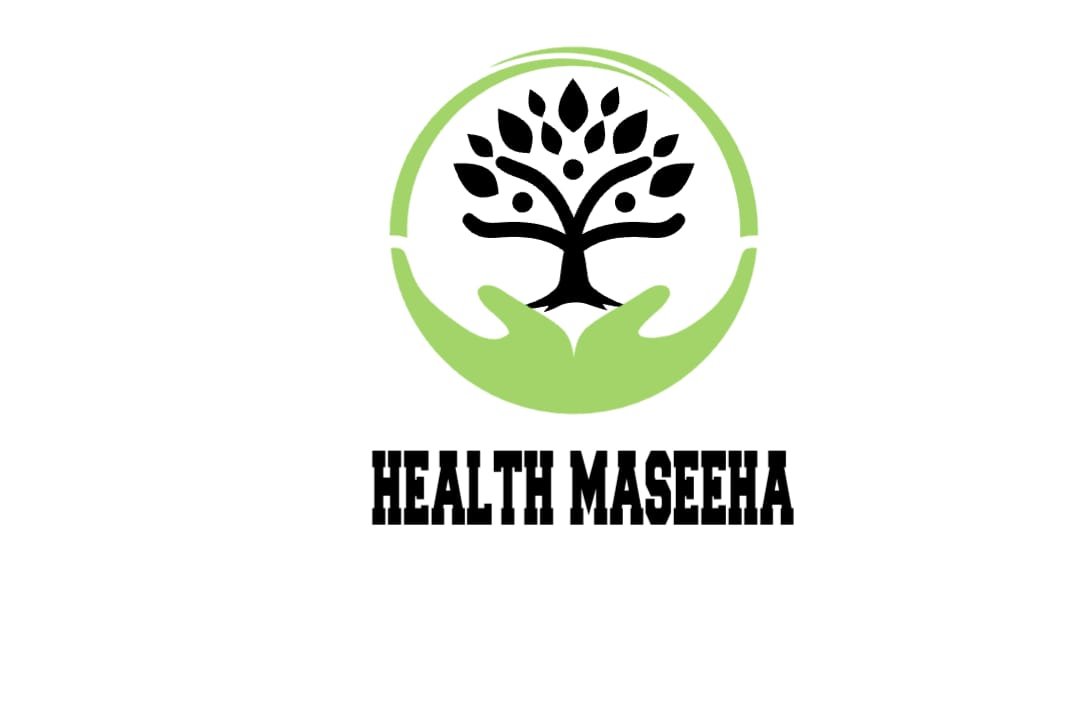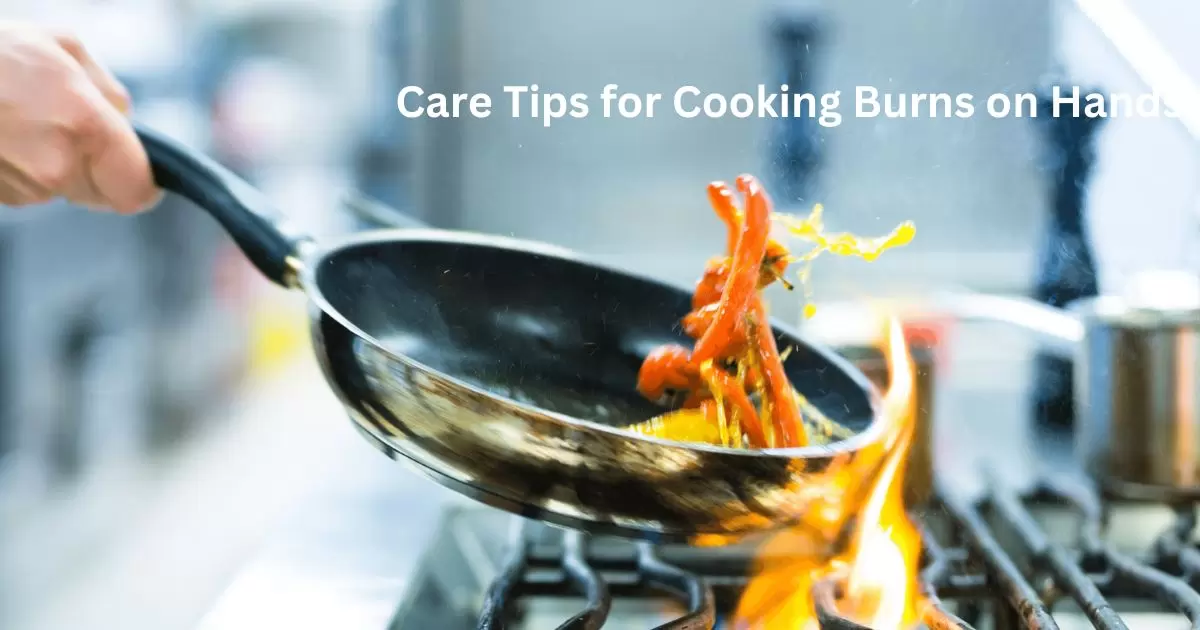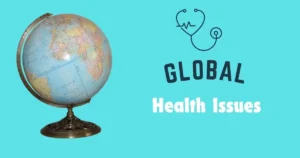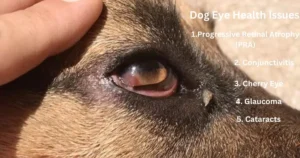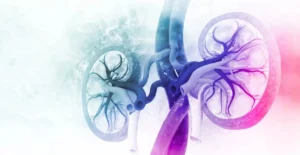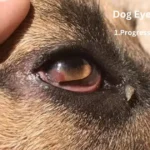Cooking burns happen when your skin touches something hot, like a stove, boiling water, or steam. These burns are common in the kitchen, especially on your hands, and need careful treatment to heal properly.
Imagine accidentally touching a hot pot on the stove—ouch! Knowing what to do right away can make a big difference. Immediate care for cooking burns helps cool the burn, reduces pain, and prevents further injury. Let’s learn how to take quick action to make sure these burns heal quickly and don’t get worse.
Taking care of burns on your hands is important. Start by running cool water over the burn to ease the pain. Then, gently dry the area and cover it with a clean bandage. Avoid popping blisters or using ice. This helps the burn heal properly and keeps it from getting infected.
Types of Cooking Burns on Hands
When cooking, hands can get different types of burns. First-degree burns are the mildest and affect only the top layer of skin. They cause redness and pain, similar to a sunburn. Second-degree burns are more serious, affecting deeper layers of skin and causing blisters, severe pain, and swelling.
Third-degree burns are the most severe, damaging all layers of the skin and sometimes the tissues underneath. These burns may look white or charred and can be painless initially due to nerve damage. It’s crucial to treat burns promptly and seek medical help for severe cases to prevent complications.
Common Causes of Cooking Burns
Burns are common and can happen easily in the kitchen. One frequent cause is touching hot surfaces like stove tops, ovens, or pans. People can also get burned by spilling hot liquids like boiling water, oil, or soup. These burns can be painful and sometimes serious.
Another cause is not using proper tools or protection. For example, handling hot pots without oven mitts or using metal utensils in hot oil can lead to burns. Steam from cooking can also burn if you open lids too quickly. Being careful and using safety measures can help prevent these common kitchen injuries.
Stages and Care Of Cooking Burns
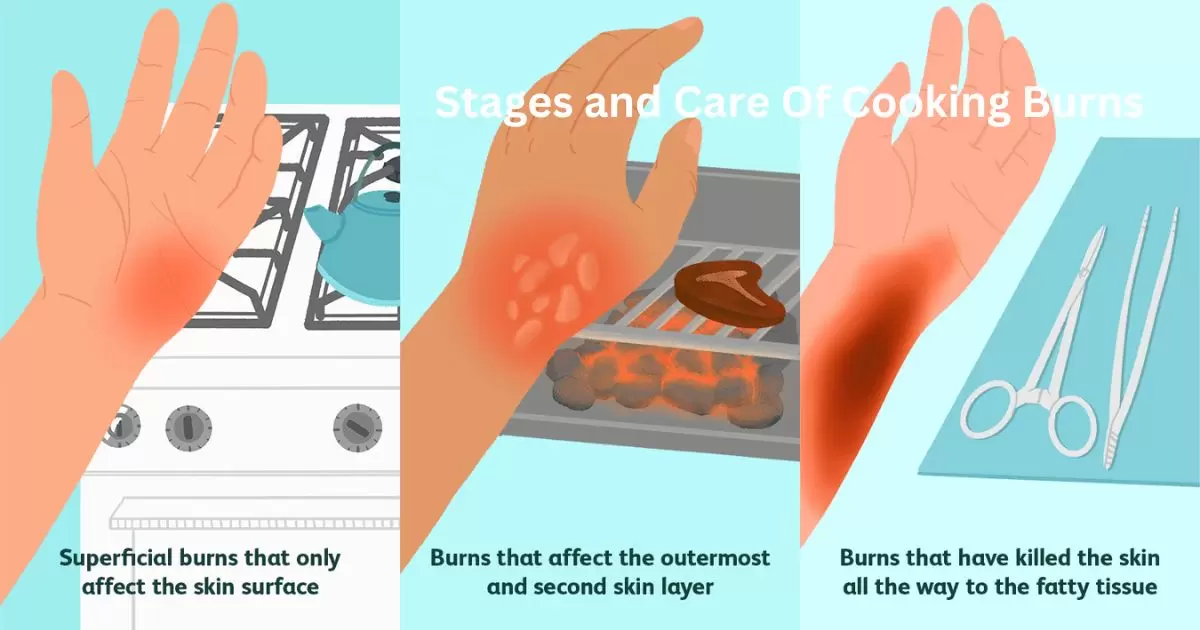
There are two stages of burns, minor burns and severe burns. But immediate care is needed for both stages.
Immediate Care for Minor Burns
For minor burns, cool the area under running water for 10 to 30 minutes. Do not use ice or cold water, as they can cause further skin damage. Apply a soothing lotion or aloevera to keep the skin moisturized. Cover with a clean, dry bandage.
Immediate Care for Severe Burns
For severe burns, it’s crucial to seek medical help. Cover the burn with a clean, non-stick cloth and keep the person calm. Avoid applying ointments or butter, as they can lead to infection.
Home Remedies for Burn Relief
Burns can be painful and uncomfortable, but some simple home remedies can help soothe and heal them. Here are a few tips:
- Cool the Burn: Rinse the burn with cool (not cold) water for about 10–15 minutes. This helps reduce pain and swelling.
- Aloe Vera Gel: Apply pure aloe vera gel directly to the burn. It cools the skin and promotes healing.
- Honey: Honey has natural antibacterial properties. Apply a thin layer to the burn to soothe and protect the skin.
- Coconut Oil: Coconut oil can help moisturize the skin and reduce the risk of infection. Gently apply to the burn after it has cooled.
- Avoid Ice: Do not use ice directly on burns, as it can damage the skin further.
- Stay Hydrated: Drinking plenty of water helps your body heal faster.
- Loose Clothing: Wear loose clothing to avoid irritating the burn area.
These remedies are for minor burns only. If you have a severe burn, or if the burn covers a large area, seek medical help immediately.
Read More: Home Remedies
Over-the-Counter Treatments
Over-the-counter treatments are medicines you can buy without a prescription. They are commonly used for minor health issues like headaches, colds, or allergies. These treatments include pain relievers, cough syrups, and allergy pills.
It’s important to read the label and follow the instructions when using over-the-counter treatments. They can be helpful for temporary relief but are not a substitute for medical advice from a doctor. Always check with a healthcare provider if you’re unsure about using them.
When to See a Doctor
Knowing when to see a doctor is important for your health. If you have symptoms that don’t go away, like a persistent cough, severe pain, or unusual weight loss, it’s best to consult a doctor. These could be signs of something serious that needs professional attention.
You should also see a doctor if you have a high fever, difficulty breathing, or sudden changes in vision or speech. Early medical help can prevent minor issues from becoming major problems. Always trust your instincts and seek medical advice when in doubt.
Complications from Cooking Burns
Complications from cooking burns can be serious. Minor burns might cause redness, pain, and blisters. If not treated properly, they can become infected, leading to more pain and swelling. Severe burns can damage deeper layers of the skin, requiring medical attention.
Infections from burns can spread and cause fever or illness. Burns on hands can lead to stiffness and reduced movement, making daily tasks harder. It’s important to clean and care for burns properly to avoid these complications. Always seek medical advice for serious burns.
First Aid Kit: Essentials for Burns
A first aid kit for burns should have a few key items. First, include cooling gels or burn creams to soothe the skin. Non-stick sterile dressings are essential to protect the burn area without sticking to the skin. Aloe vera gel is great for cooling and healing burns naturally.
Keep pain relievers like ibuprofen or acetaminophen in the kit to manage pain. Gloves are important to prevent infection when treating burns. Burn spray can also be useful for quick relief.
Make sure to have small scissors for cutting bandages and adhesive tape to secure dressings. It’s also good to include an emergency contact card with local emergency numbers.
Always check your first aid kit regularly to replace any used or expired items. Having these essentials on hand can help you respond quickly and effectively to burn injuries.
Read More: Nutrition Tips
Myths About Burn Treatment
There are many myths about how to treat burns. One common myth is that applying butter to a burn helps. It is not true that butter can actually trap heat in the skin and worsen the burn. Another myth is that ice should be used on burns. Ice can damage the skin and should be avoided. Some people believe that popping blisters from burns is helpful. However, this can lead to infections and slow healing.
It’s also a myth that only serious burns need medical attention. Even minor burns can cause complications if not treated properly. Using toothpaste on burns is another myth. Toothpaste can irritate the skin and should not be used. Instead, cool the burn with running water and cover it with a clean cloth. It’s important to know the facts and avoid these myths in order to properly treat burns and ensure proper healing.
FAQs
Should I pop blisters caused by burns?
No, blisters protect the wound. Popping them can lead to infection.
Can I use ice on a burn?
Avoid using ice; it can cause further damage to the skin.
How long does it take for a burn to heal?
Healing time varies depending on the burn’s severity, from a few days to several weeks.
Is it normal to feel numb after a burn?
Numbness can occur, especially with deeper burns. Seek medical advice if you experience numbness.
Conclusion
Treating burns correctly is important to avoid complications and promote healing. Avoid common myths like using butter, ice, or toothpaste, as they can worsen the injury. Instead, cool the burn with water and cover it gently.
Remember, even minor burns need proper care to prevent infections. Understanding the facts about burn treatment helps ensure you handle injuries safely and effectively. Always seek medical advice for severe burns to protect your health.
